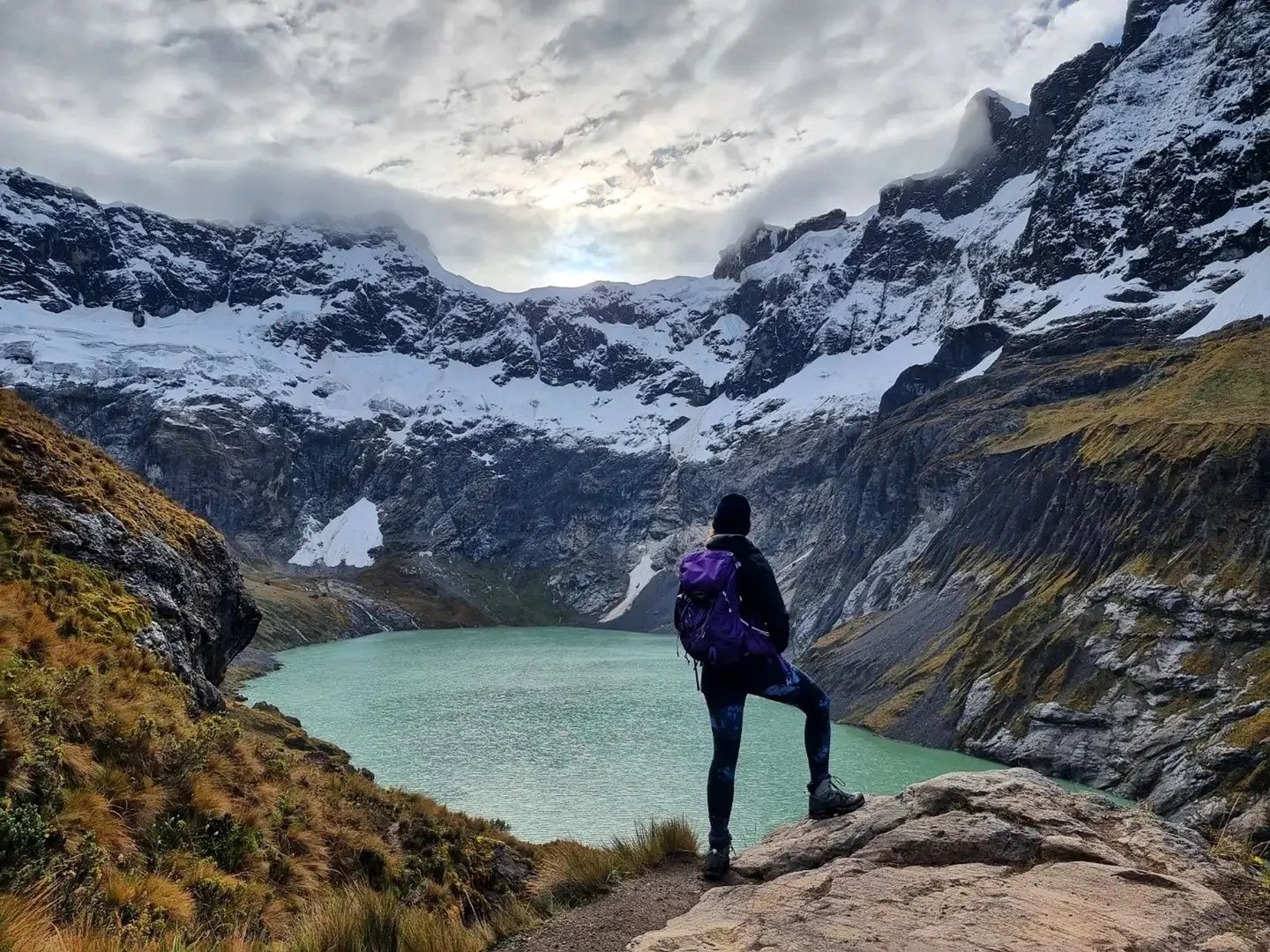One of Ecuador’s main draws is the astonishing diversity of landscapes crammed into an area just a little larger than the UK, from the snow-covered volcanoes of the highlands to the steamy Amazon rainforest and powdery white sand beaches. But what is the best time of year to visit? According to Henry Sisa, an adventure tourism expert based in Quito, it’s a year-round destination.
“Ecuador is crossed by the equator,” he explains. “We don’t really have seasons - the temperature depends on the altitude. There’s the same amount of daylight all year long, so it's always light at 7am and dark by 7pm. If you are by the coast, it’s warm all year long. However, there are climatic differences across the country - there are 110 microclimates in the Amazon - which means there are periods of more or less rainfall.”
There are four different regions in Ecuador: the Galapagos Islands, the highlands, the Amazon (known in Ecuador as el Oriente) and the coast. In this article, we discuss the rainfall and temperature variations across these regions by month. We also list some of the unmissable holidays in Ecuador. This information should help you decide the best time for you to visit this vibrant Latin American country.
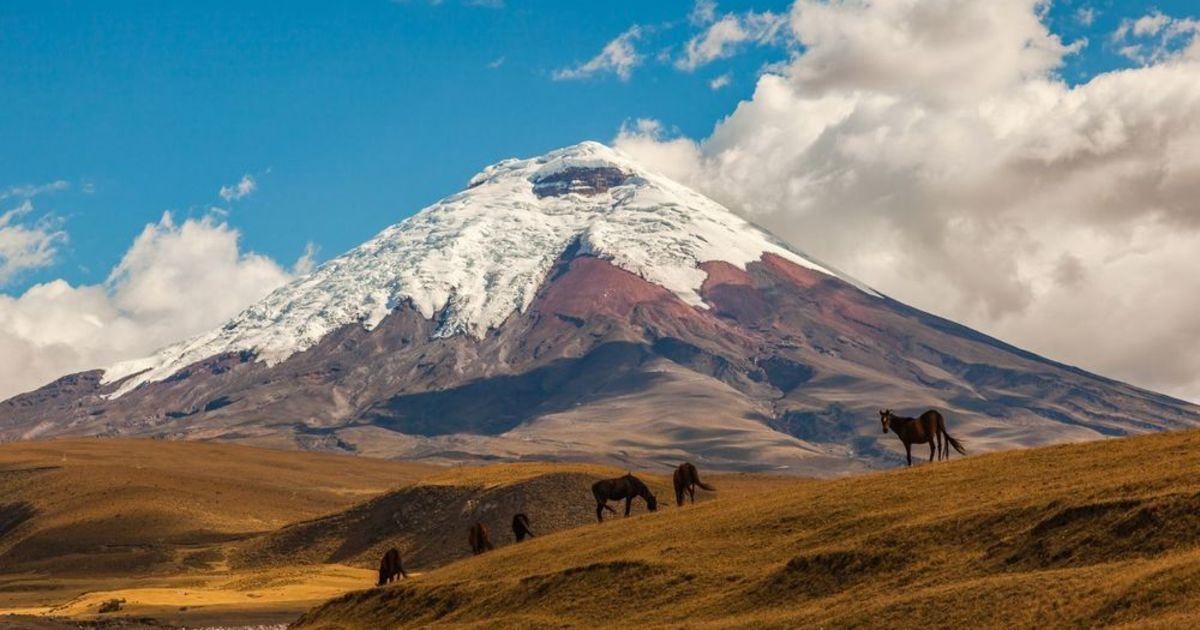
Weather in Ecuador
Rainy Season: December to May
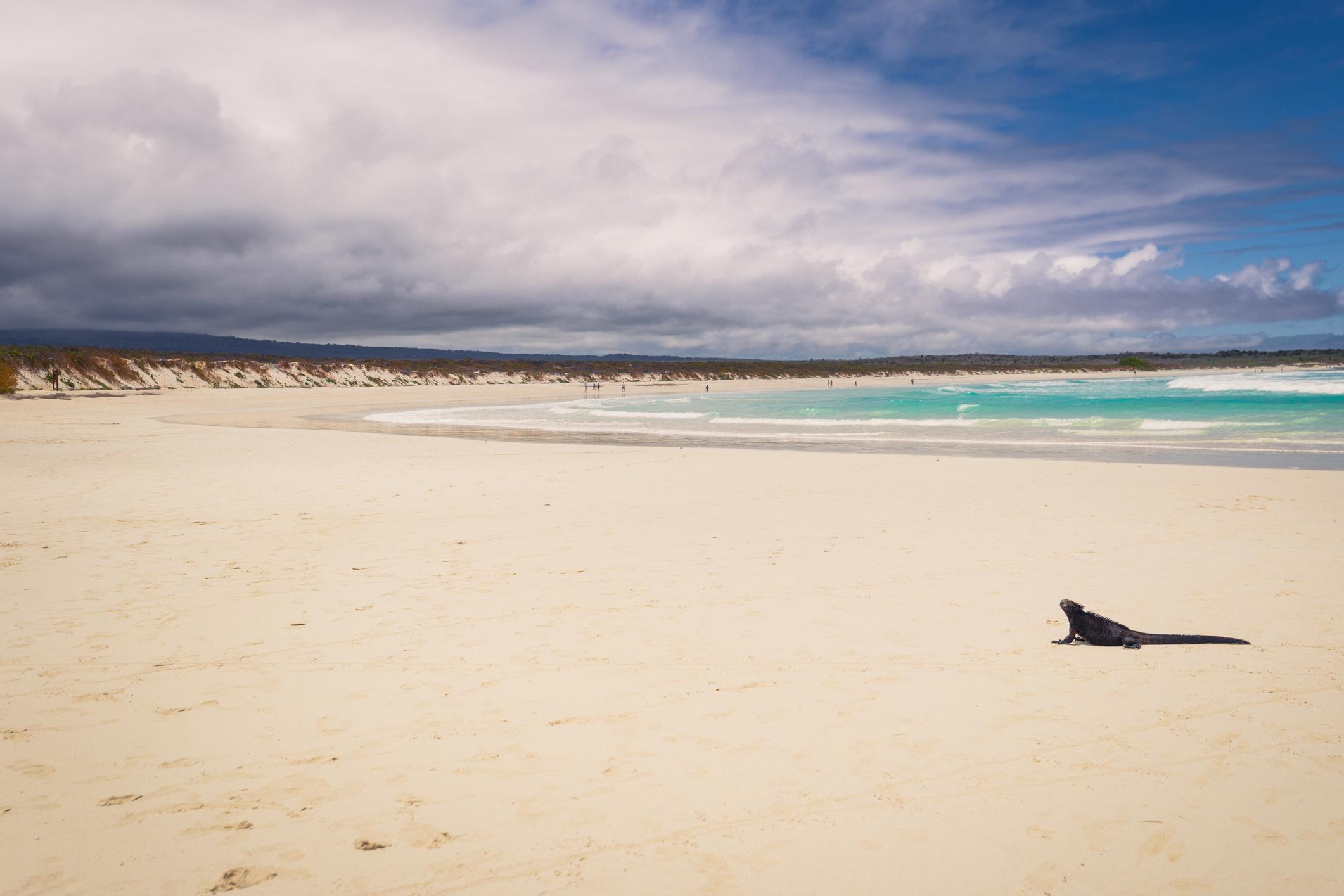
Best for: visiting the coast.
Between December and May is when Ecuador and the Galapagos see the most rainfall. However, it is also the warmest time of year, with average temperatures between 30°C-32°C on the coast and between 26°C-29°C on the Galapagos. This makes it a popular time to visit the beaches, despite the extra rainfall.
“Rain in Ecuador does not last the entire day,” Henry clarifies. “Regularly it's showers that last maybe for an hour, an hour and a half, and then the sunshine returns. In the Galapagos, rainy season means more heat and humidity, and a little bit of rainfall. The water is warmer, and very clear - it’s a great time to go snorkelling.”
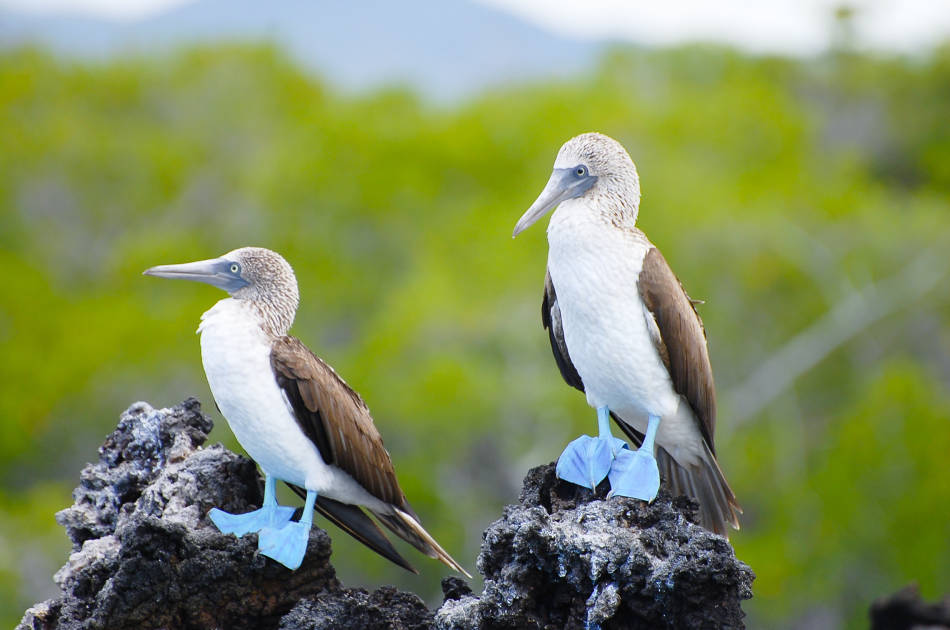
In the highlands, you experience a lot of variation in temperature and weather across the day during this period.
“We sometimes say you get four seasons in one day in Quito,” Henry says. “In the early morning it’s quite cold and then later in the day you need sunscreen, and then in the afternoon there’s a shower and then the temperature drops again.”
Meanwhile, el Oriente sees a lot of rainfall across the year - an average of 3,200mm - but December to February is the driest season, with less precipitation. This gives you lower rivers, and better access to trails. However, the rainy season kicks in during March and peaks in May - in Yasuní National Park, average rainfall for May is 331 mm.
Dry Season: June to September
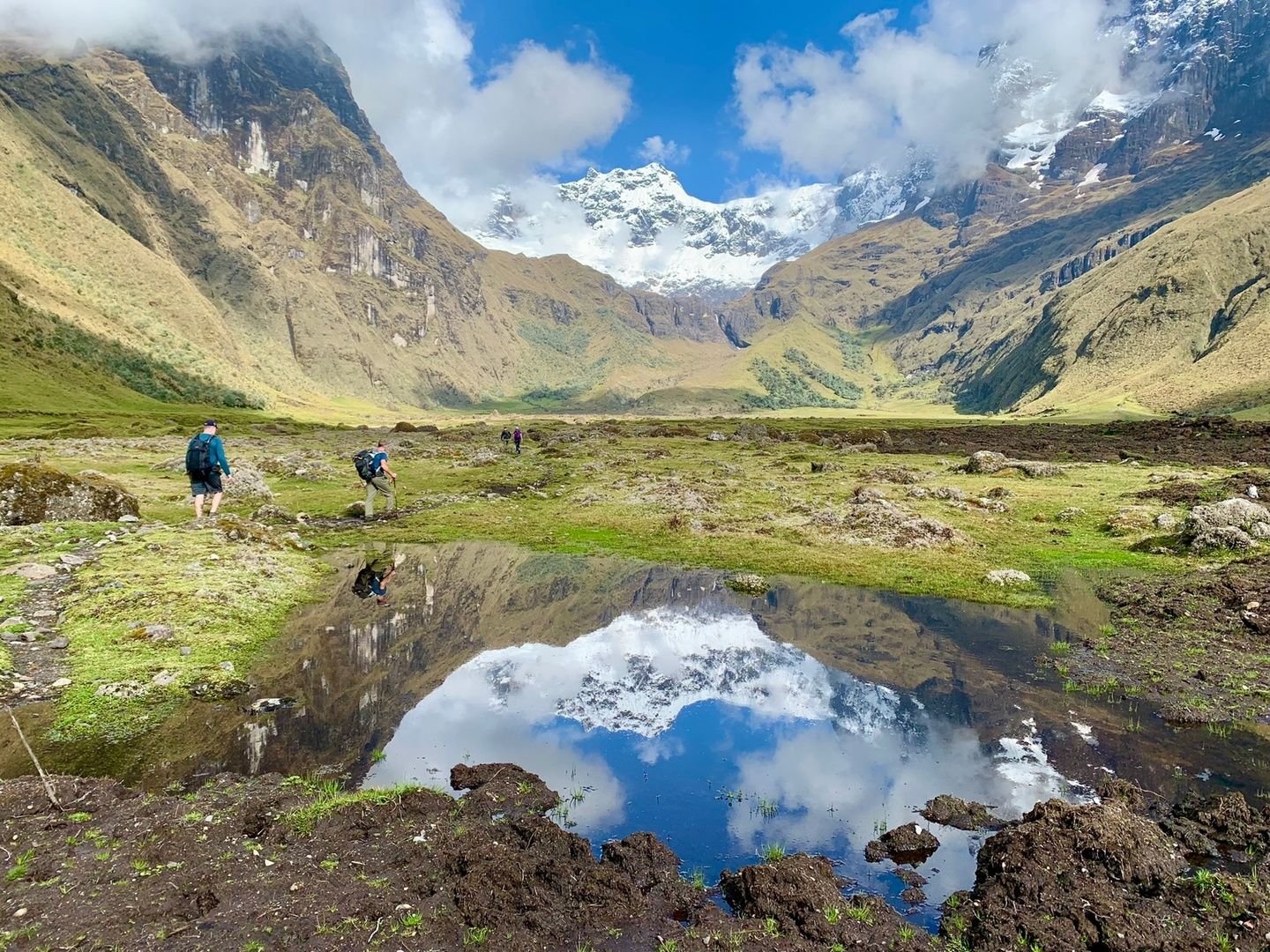
Best for: trekking in the highlands.
This is the dry season in the Ecuadorian highlands, which means less rainfall and blue skies, although temperatures are similar to the wet season (around 19 °C-20°C in Quito during the day, and 9°C-10°C at night). This, coupled with the fact that it’s the summer holidays in places like the UK and the US (and so, travel season), make it the most popular time to visit.
June to September is ideal weather for trekking in the highlands, on routes such as the Quilotoa Loop or the Avenue of Volcanoes. Of course, the weather changes according to altitude. If you’re going to be climbing any of Ecuador’s volcanoes, you’ll experience extreme weather events such as snow, fog and hail, as you would in any mountain environment. Cayambe, a volcano 5,790-metres high, is known for being the only permanently snow-covered point that crosses the Equator.
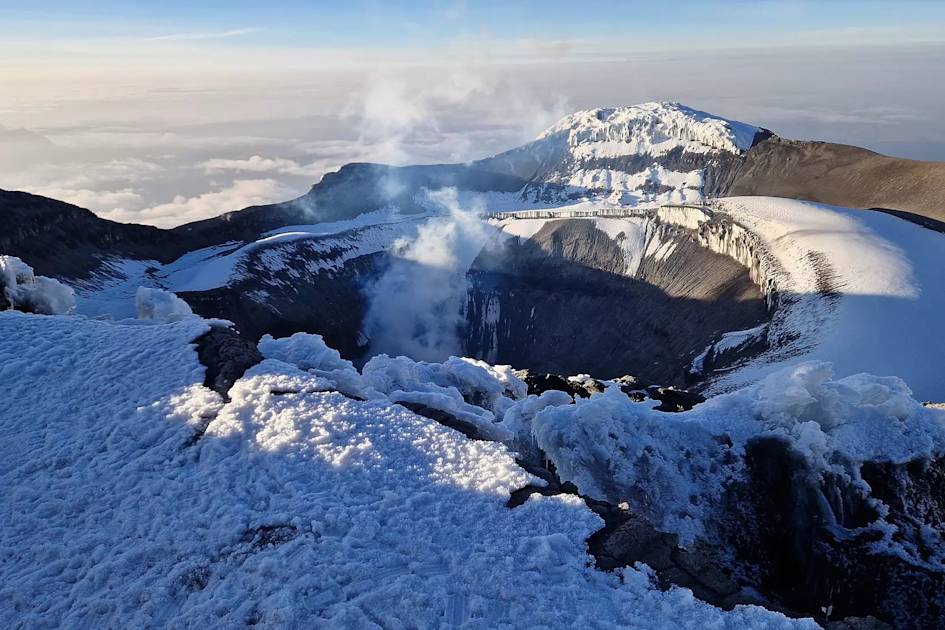
It’s also the dry season on the Galapagos Islands, where you’ll experience cooler temperatures (21°C - 22°C). The reason for this variation is due to the Humboldt Current, a cold water ocean current which lowers air and water temperatures during this period. This is a great time for trekking, and also wildlife watching - migratory humpback whales arrive, and it’s also birthing season for Galapagos fur seals and sea lions, for example.
Visit the Ecuadorian coast between June to September and you may find it muggy and overcast - but with little temperature variation - which is why people prefer to head to the coast during the rainy season instead.
In the Amazon, the rainy season continues into September. However, if you’re visiting the highlands and want to combine a trip, don’t be discouraged from visiting - whatever time of year you go there’s the chance of a downpour.
Shoulder Season: October to November
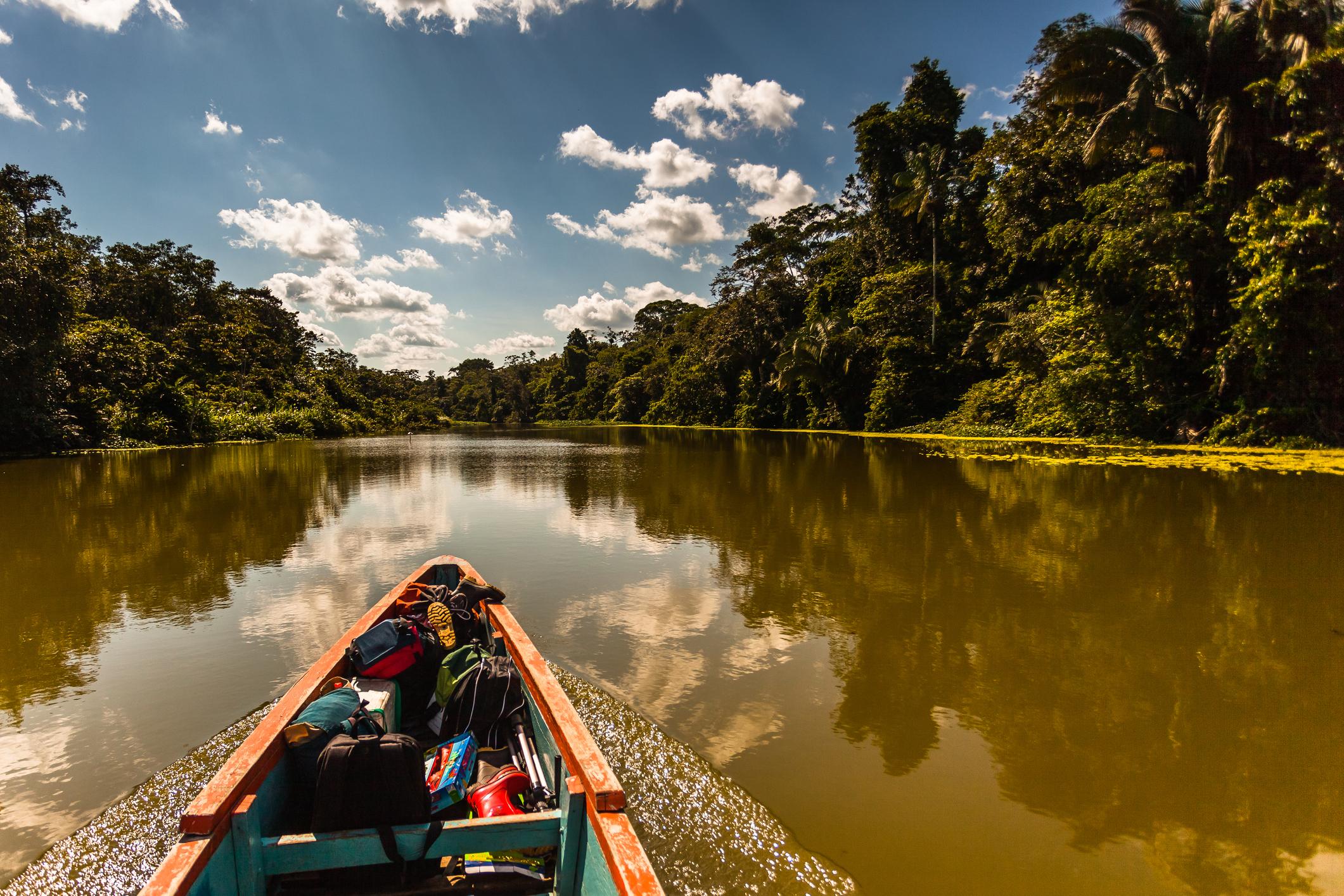
Best for: visiting the Amazon
The shoulder season is a great time to visit the Amazon, as the rainy season has ended. There’ll be less mud and fewer sudden downpours to contend with, plus the rivers will be high - which makes it a good time for both hiking and trekking.
The shoulder season is a great time to visit the Amazon.
Meanwhile, in the highlands the weather is overcast, with occasional showers (although precipitation isn’t as high as during the rainy season from December to May). The period between July and November is known as “garua season” in the Galapagos Islands, named after the light mist (garua) that often appears during the mornings of these months. However, by November the temperature is beginning to rise and the sea to get warmer.
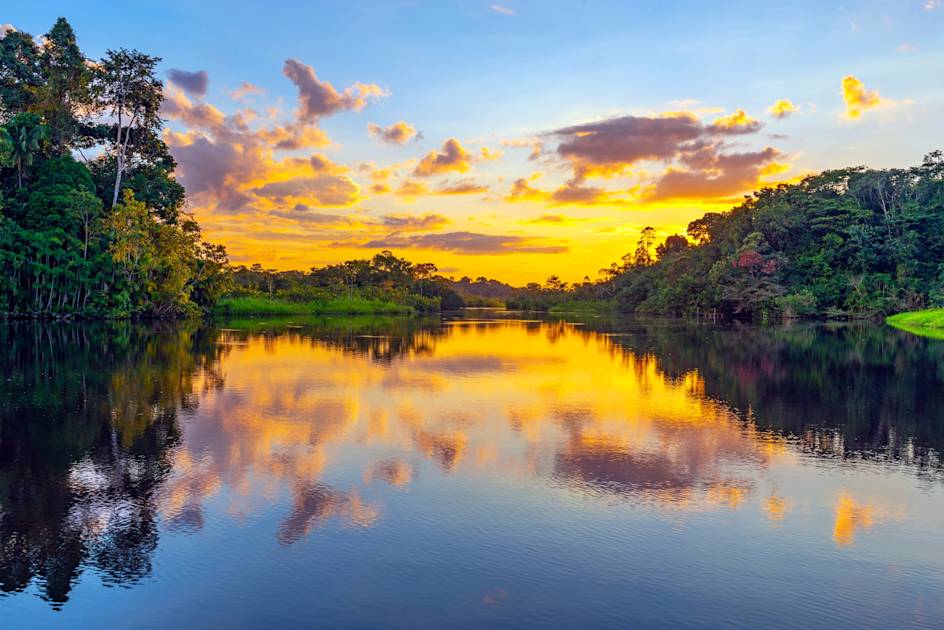
Overall, October and November are good times to visit if you’re looking for a bargain. Across the country, you’ll find lower prices for accommodation and tours. There are also fewer tourists around (it gets busier when the Christmas holidays start).
Unmissable Holidays in Ecuador
If you’re interested in nature and culture, you may like to combine your trip with one of the many religious or cultural festivals that take place across the year. We’ve listed some of our favourites, in date order, to aid you with your travel planning.
There are also numerous regional and city-specific festivals taking place throughout the year, including the exuberant Mama Negra in Latacunga, Cotopaxi province, during September and also November.

1. La Diablada de Píllaro - January
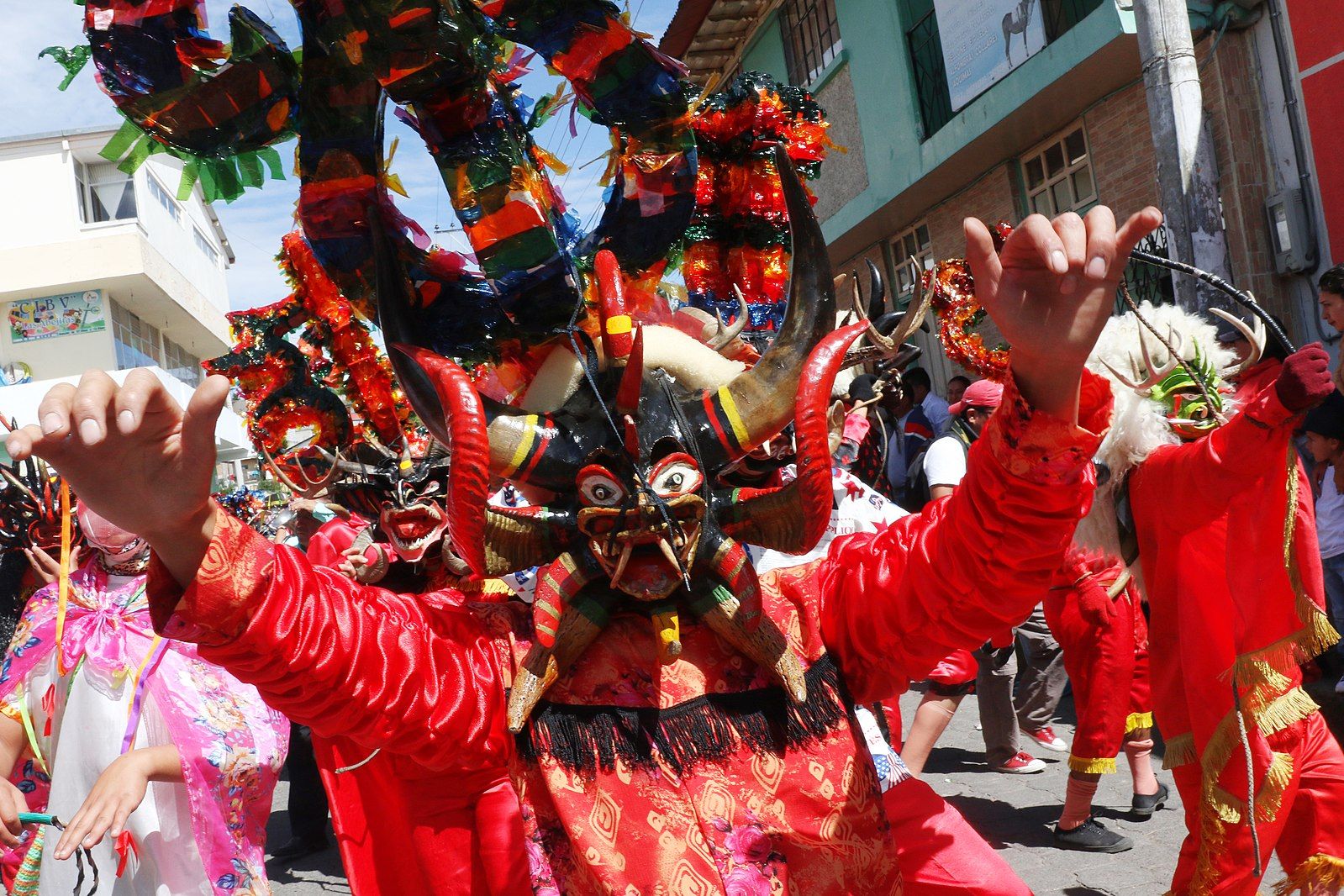
The vibrant Diablada de Píllaro festival transforms the streets of the Ecuadorian province of Tungurahua into a spectacle of music, dance, and masked characters for six days at the beginning of every year.
Its believed to have originated during the 20th century, created by wealthy landowners (descendants of European colonisers) - a rare occasion where their indigenous workers were allowed to let loose. Across Latin America, the ornate devil masks (diablada) personify pagan rebellion.
Today the devils, adorned with papier mâché masks, animal horns, fangs, and vivid decorations, roam the crowded streets accompanied by a lively band with trumpets and drums. As they playfully tease spectators, the ‘bailarines de línea’, distinguished by their European-inspired metal mesh masks, follow in elegant dresses. Vendors sell snacks and drinks - it’s an exuberant and fascinating spectacle to enjoy.
2. Carnival - February or March
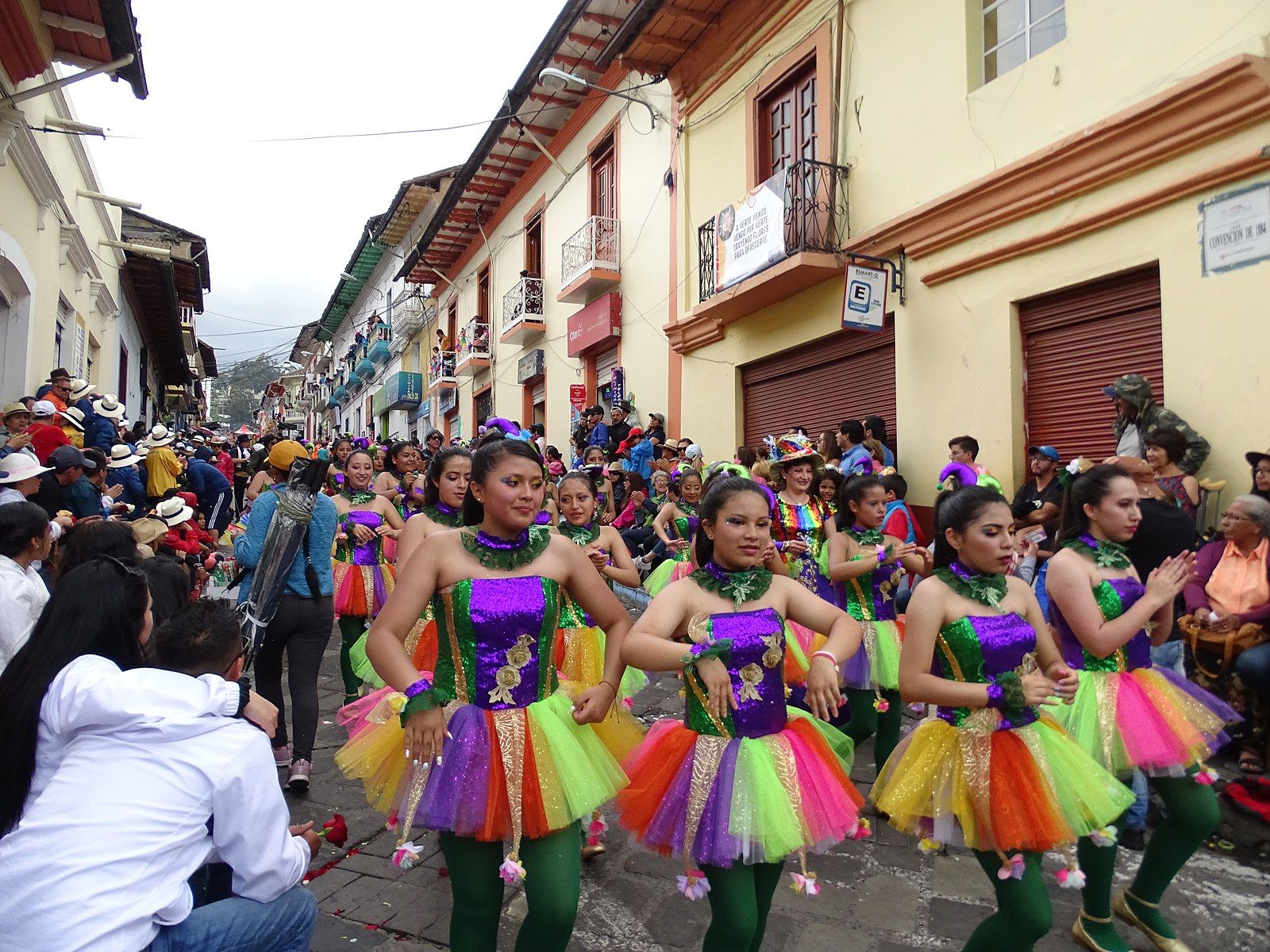
Carnival is a four-day religious celebration preceding Lent - an exuberant ‘last hurrah’ before six weeks of abstinence - that evolved from pagan spring celebrations. It’s celebrated across Latin America with parades, costumes and street parties - and Ecuador is no exception.
Ecuador's carnival originates from the traditions of the Huarangas natives, who scattered flowers, flour and water in celebration of the second full moon of the year - spray foam is now used as a modern alternative. Street parades feature traditional music and dancing, while food and drink stalls line the plazas. Try the fermented corn drink, Chicha de jora, which is commonly sold during this period, for the full experience.
3. Semana Santa (Holy Week) - March or April
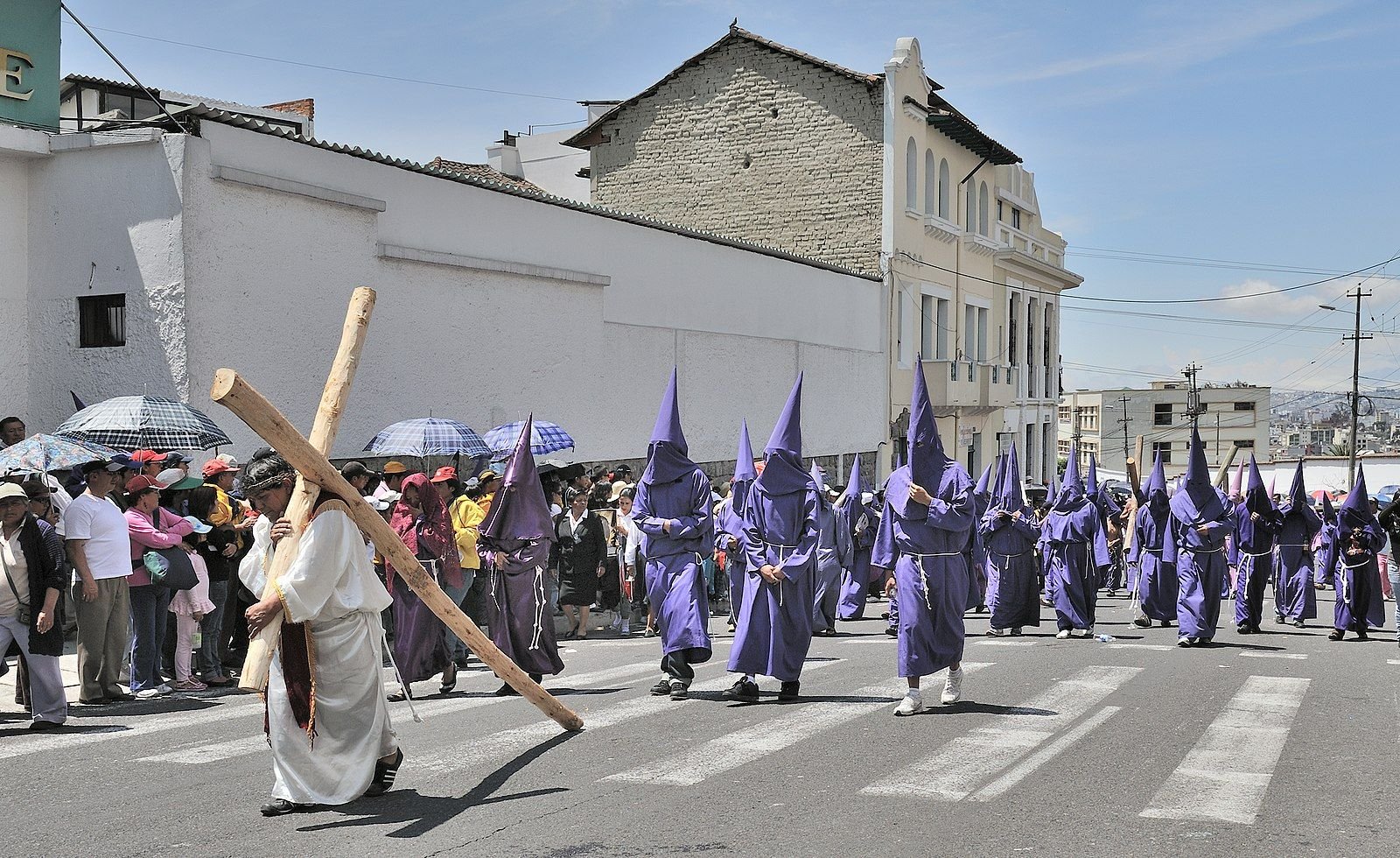
Holy Week is celebrated in Christian countries across the world. Ecuador, where 95% of the population is Roman Catholic, is no exception - however, here Spanish traditions are blended with indigenous customs to make a truly unique celebration. One of the most dramatic is the Jesus of the Great Power procession in Quito. This spectacle draws a quarter million spectators to witness penitents in purple robes and pointed hats, known as cucuruchos, walking through the Old Town; others dress like Christ and walk barefoot, flagellating themselves with stinging nettles or pressing cacti against their exposed skin.
Holy Thursday is traditionally marked by serving fanesca, a hearty soup prepared to commemorate the Last Supper. The dish symbolically incorporates 12 grains for the apostles and fish to represent the feeding of the 5000. These days it’s so popular it’s served in many restaurants in the weeks leading up to Semana Santa.
4. Inti Raymi - June
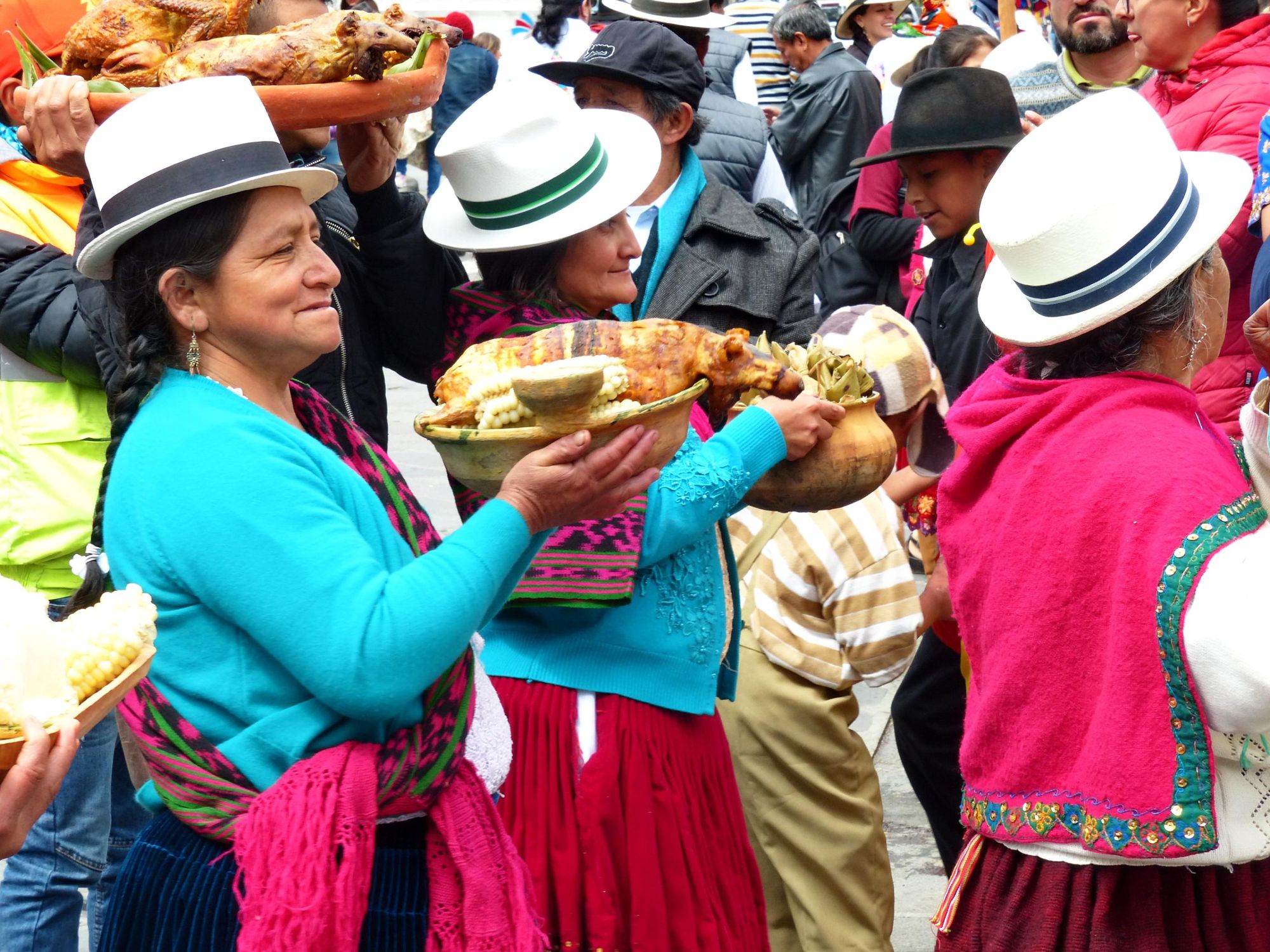
Inti Raymi began as an Incan ceremony honouring the god Inti, which is Quechuan for ‘sun’, and takes place each year over the solstice. It was actually banned by the Spanish colonists in 1572 - as part of an attempt to eradicate pre-Columbian beliefs - and was only reestablished in 1944. The festival now takes place across the Andes, and is a proud celebration of Andean culture.
“For multiple weeks in any of these small little villages and towns people are getting dressed up and celebrating on the streets,” Henry explains. “There are parades with colourful costumes and masks. Lots of people are dancing and everyone is happy because it’s the harvest festival of nature. This is when they say thank you to the sun for all of the brightness it has provided, for the huge amount of food that will be stored for a year. It’s something very nice to experience, and the celebrations often take place over multiple weeks around the solstice."
5. Dia de los Difuntos - November
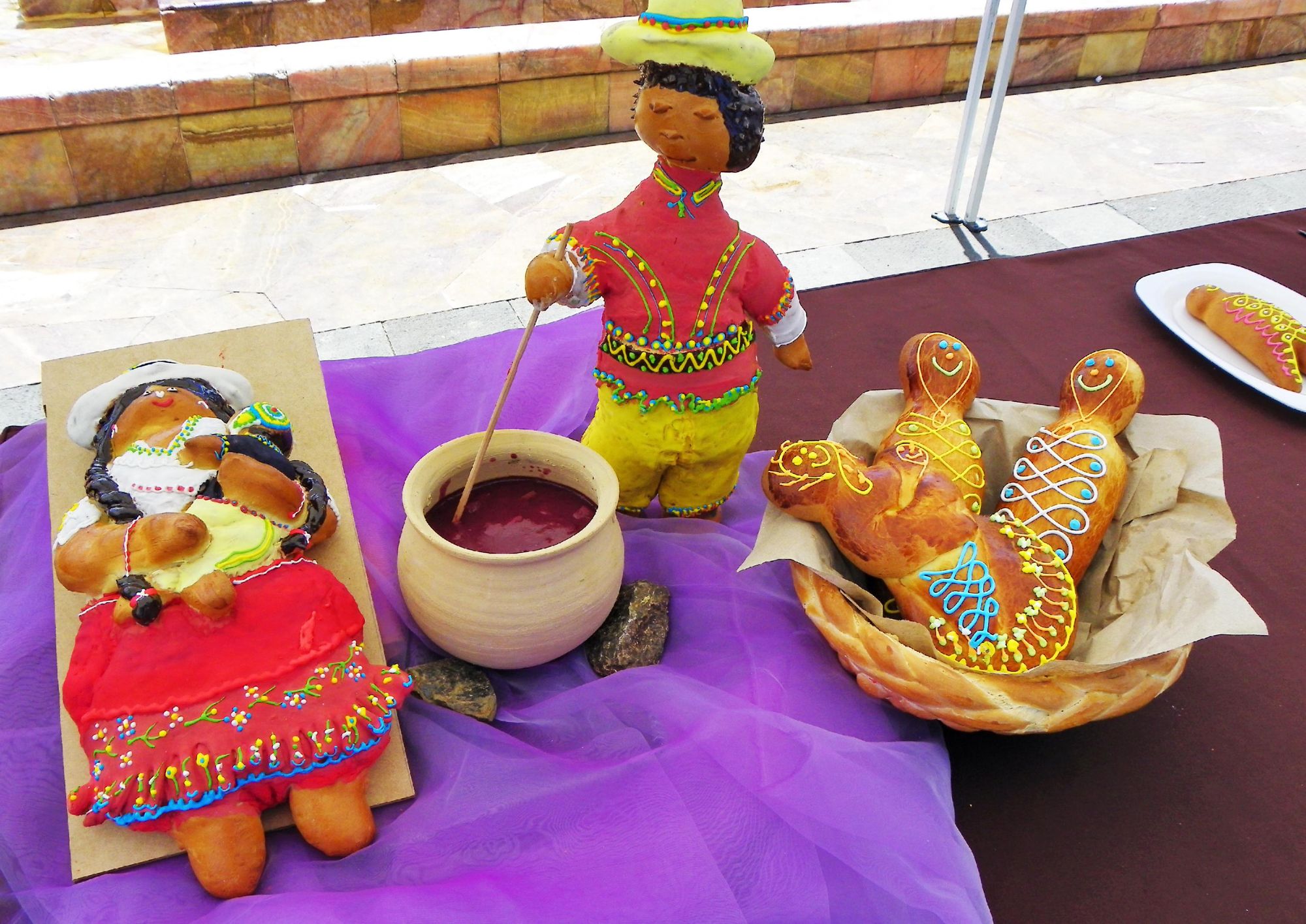
The Day of the Deceased in Ecuador (also known as All Soul’s Day) is another example of indigenous customs being blended with Catholic practices. Stemming from the belief that souls visit on this day, families visit the cemeteries with offerings and food, to give them energy for their journey to the afterlife. Guaguas de pan (sweet bread shaped like babies) and colada morada (a fruity drink thickened with corn flour) are traditionally consumed.
Dia de los Difuntos serves as a time for families to reconnect with their ancestors. Tourists can participate through trying traditional foods, respectfully visiting a cemetery, or attending one of the fairs that take place on this day.
Conclusion: What is the Best Month to visit Ecuador?
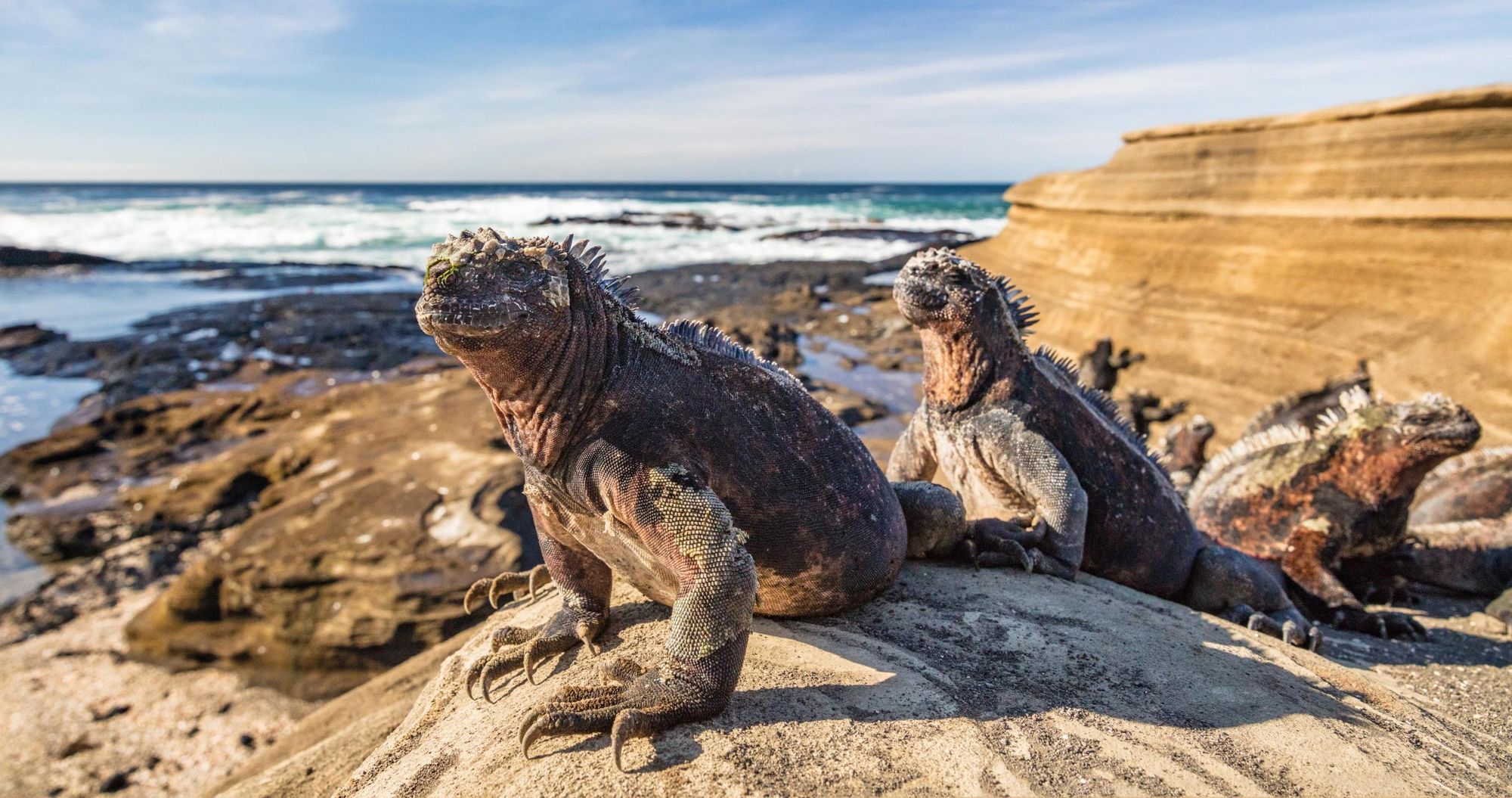
Ecuador is a year round destination, with an equatorial climate that varies little between seasons compared to other countries, and a packed cultural calendar. According to Henry, there’s no ‘best’ month to visit - it’s a matter of preference.
“There’s no season when you can’t do an activity,” he says. “If you’re coming on a hiking trip to the highlands, I would recommend summer time between June and September. However, the winter months (December to February) are a good time to summit Cotopaxi, because the snow is more likely to be solid. If you're going to the Galapagos there’s no best month. The weather is beautiful all the time.”
We recommend June as a good month to visit Ecuador - you can enjoy good weather trekking in the highlands, join an Inti Raymi celebration and enjoy wildlife watching in the Galapagos Islands. Visit in February to summit Ecuador’s high volcanoes, visit the Amazon during its driest season and enjoy some quality beach time on the mainland and Galapagos. You could even combine it with a carnival celebration.
Inspired? Check out our Adventures in Ecuador, which take you from the peak of Cayambe to the wildlife-studded shores of the Galapagos.


